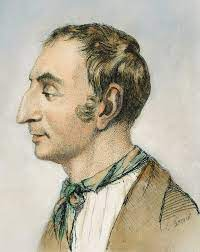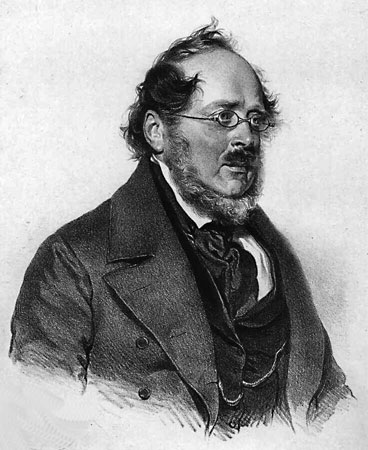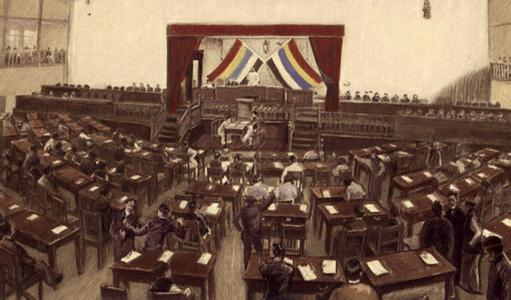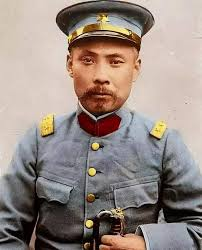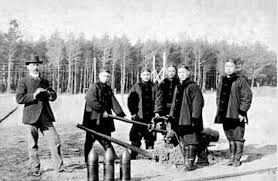1/ This is the strange story of a Republican Chinese warlord who revived the fortunes of his province and almost managed to implement socialism, complete with a Ten-Year Plan. It is a story of ambition and treachery.
This is the story of Yan Xishan, Governor of Shanxi (1911-49)

This is the story of Yan Xishan, Governor of Shanxi (1911-49)


2/ This mid-western province today is mainly known for its collieries. Back in the Qing Dynasty however, it was the centre of indigenous finance in China, with a network of banks (yinhao) that had branches in SF, Tokyo & Singapore, financing trade that went all the way to Russia. 



3/ Yan Xishan, born in 1883 in an ailing merchant family running a small yinhao, was barred from entering the civil service examinations but learnt how to do business early on. In 1901 he entered a military school and was trained at the Imperial Japanese Army Academy in 1904-09. 

4/ When the Republican Revolution broke out in 1911, the Manchu aristocracy withdrew their deposits and this led to the collapse of the Shanxi banks. In 1917 the Bolshevik Revolution and war in Outer Mongolia cut off Shanxi's merchant trade routes. The province was in crisis. 
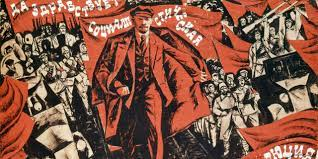
5/ During the 1911 Revolution, Yan led a coup, captured the capital Taiyuan, and was made Governor. When the post was split into Civil/Military Governors, Yan was Civil Governor until he rebelled against Yuan Shikai in 1914. He lost, switched sides, and was made a marquis by Yuan 

6/ After Yuan died a brief liberal period prevailed until that collapsed too, and German-trained General Duan Qirui established a single-party corporatist regime known as the "Anfu Club". For more on this period, please consult my other thread.
https://twitter.com/ernestleungmt/status/1340459912875319298
7/ Shanxi became a model province under the Anfu Regime. Yan promoted what he called the "Six Policies and Three Tasks" - irrigation, reforestation, plantation, silk, cotton and animal husbandry; the three tasks being cutting queues, banning opium and foot-binding. 

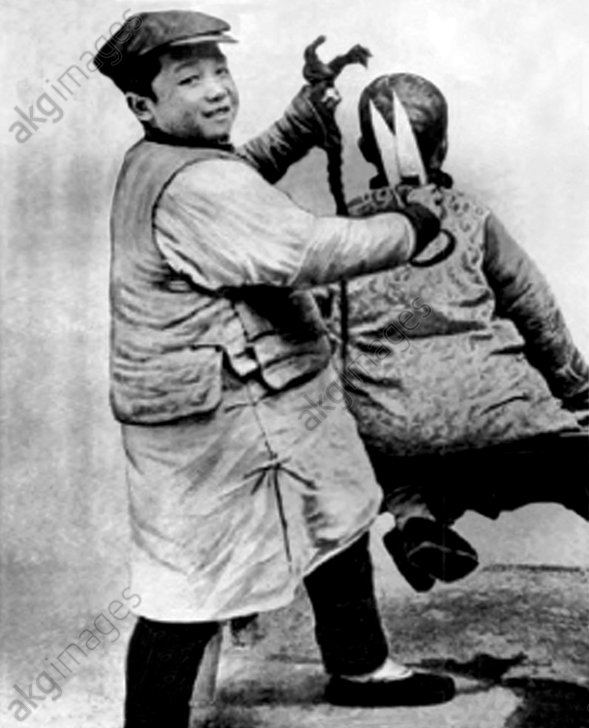
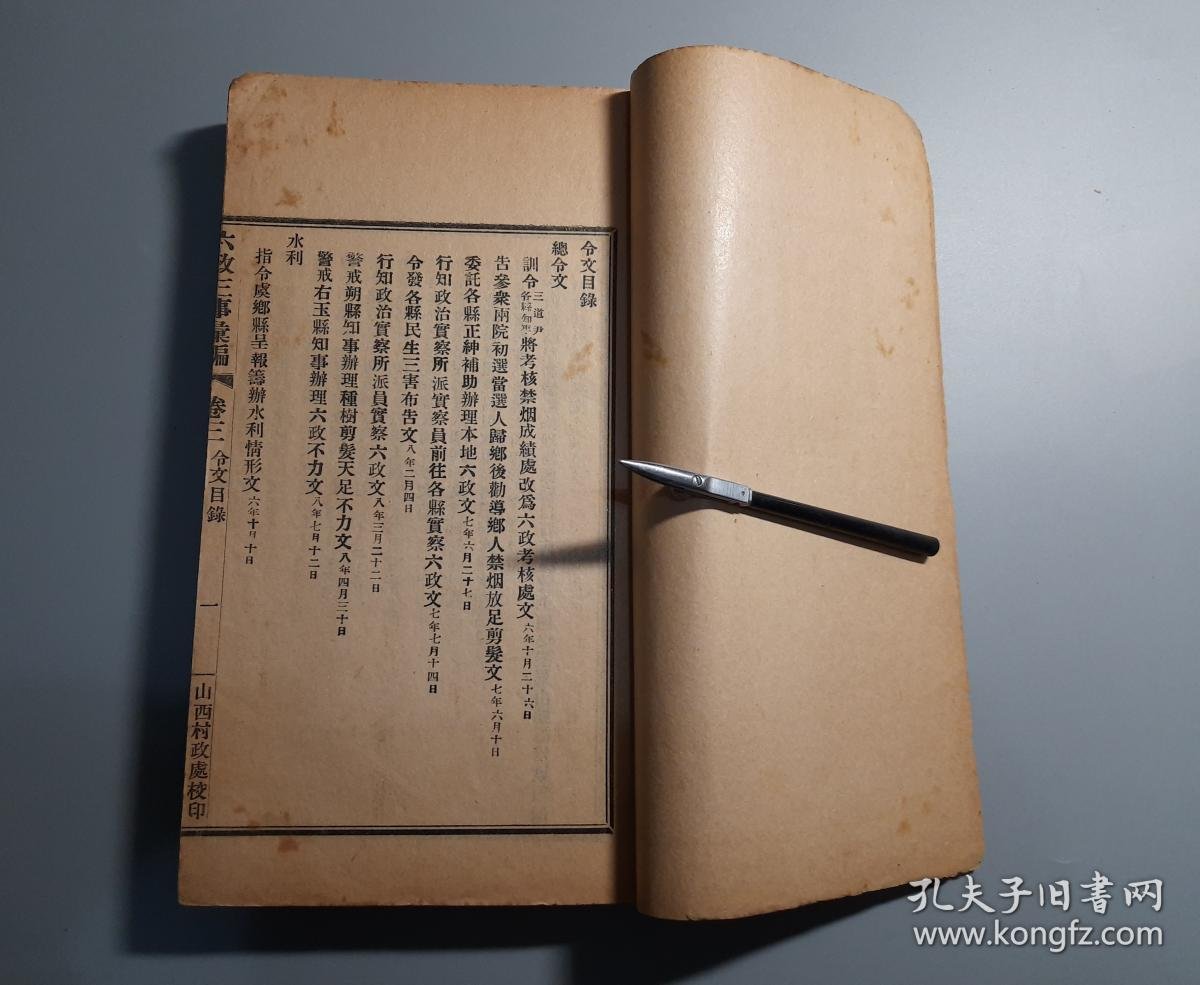
8/ Even more remarkable was Yan's system of "village self-governance" -- based on the cooperative experiment started in 1908 in Zhili (Hebei) by Mi Digang 米迪剛 who had seen the Japanese cooperatives. This was introduced to Yan by Sun Faxu who ran Zhili and later briefly Shanxi 

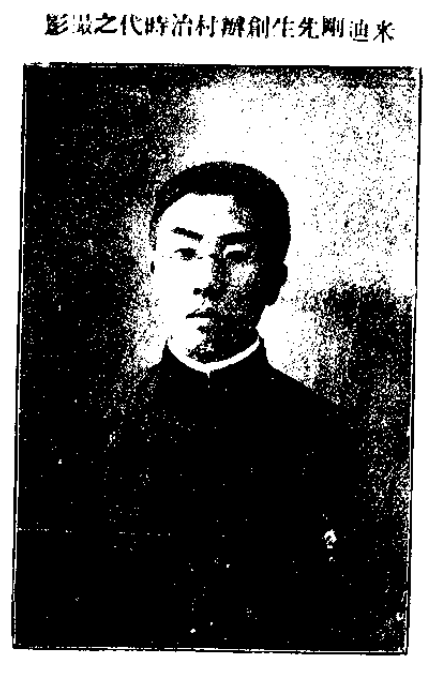

9/ In April 1918 Yan set up a corporatist consultative body formed of gentry representatives. By 1922, 115 mil mulberry trees had been planted, 3.3 mil catties of cocoons collected, 100k opium addicts cured, and the feet of all girls above 16 "liberated" in 106 prefectures 



10/ In 1925 Yan announced an ambitious "Prosperity Plan" themed on import-substitution using German shale oil technology, 25 cottage oil refineries, 2 steel mills, chemical fertilisers and agricultural mechanisation, and the total electrification of Shanxi supplying 8.5 MW 



11/ Yan was apparently inspired by Lenin's "GOELRO Plan" for electrification, and if Lenin thought that Communism was Electrification+Soviet Power, Yan must have thought that prosperity = Electrification+Village Self-Government Boards. Yet war with the Beiyang regime intervened. 



12/ In 1926 Yan allied himself with Chiang Kai-shek's KMT, and led a futile campaign to capture Peking, prevented only by another rival ex-Beiyang warlord in the KMT, Feng Yuxiang. These men had, in line with Chinese custom, become sworn brothers. But this disintegrated quickly. 
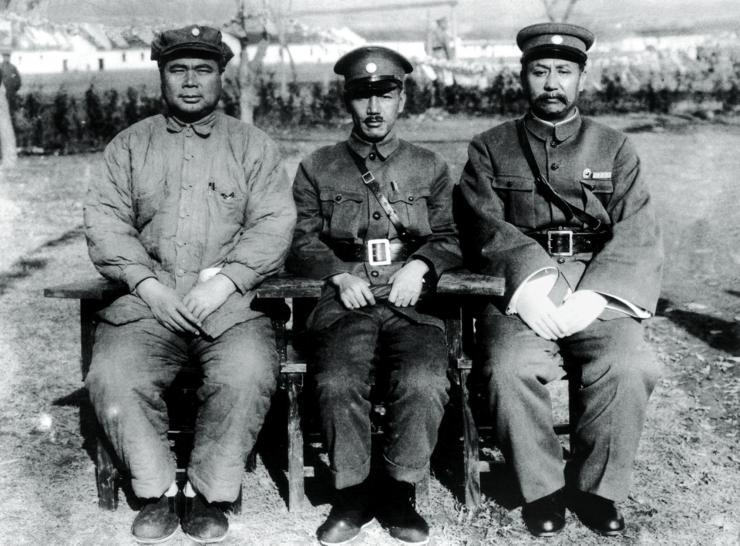
13/ In 1928 Chiang established himself in Nanking and ordered that all non-orthodox KMT armies be cut. Angered, Yan & Feng allied themselves with Chiang's inner-party rival Wang Jingwei to start a rival government in Peking The Central Plains War against Chiang ended in disaster 

14/ Yan, evicted from Shanxi, sought refuge in the Japanese colony of Dalian. Here he hired scholars to lecture him on various new trends including Communism. In Dec 1931 the Taiyuan KMT lost all legitimacy in a bloody crackdown on an anti-Japan protest. Yan returned triumphant. 

15/ Yan was immediately faced with a crisis of hyperinflation due to the Central Plains War. Local banknotes were abandoned in favour of Japanese yen or silver/copper, which flowed out in vast quantities. Trade and production ground to a total halt when peasants stopped buying. 

16/ Shansi's external trade was in terminal decline and unemployment in Taiyuan stood at 30%, mostly students, easy target of Communist incitation. But Shanxi had immense resources. Yan was now mooting a new comprehensive economic ideology and construction plan for his province. 

17/ Helped by Comintern agent Du Renzhi, who had studied in Berlin, Gottingen, Frankfurt and host of other places, Yan created the "Commodity-Labour Theory", short for "Commodity Bonds and Distribution According to Labour". By 1934 this had become a fully-fledged system. 

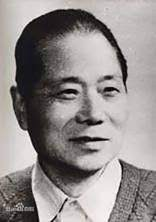
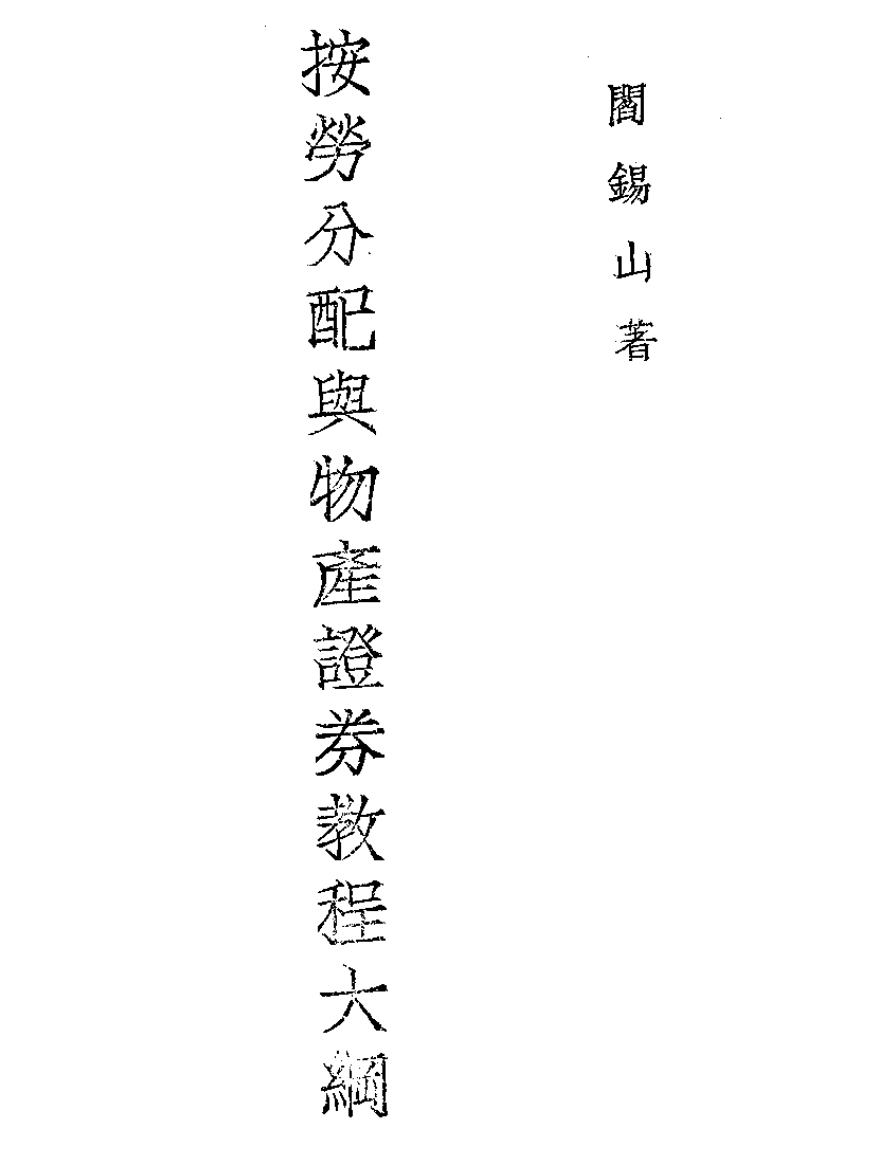
18/ The theory claimed to overcome the maladies of capitalism rooted in the use of gold/silver to represent the value of labour and commodities, and in the private ownership of capital - guilty for it exploits, murders (industrial safety), disrupts the peace and creates parasites 
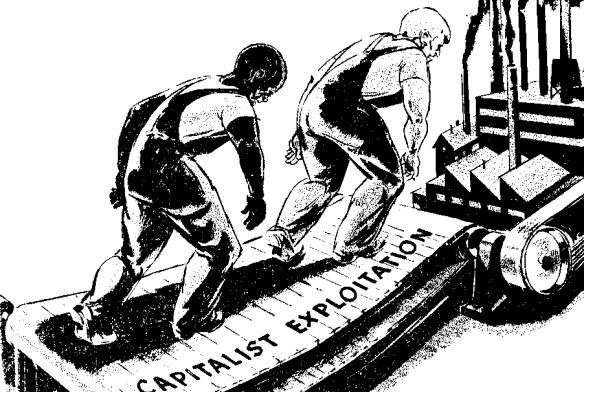
19/ The gold standard would be replaced by Commodity Bonds. The govt would purchase all goods produced with this fiat currency, and not be hindered by scarcity of precious metals. Govt ownership would extend to capita and land. But Yan was clear that money was not to be abolished 

20/ Orthodox Communist economists like Sun Yefang were quick to point out that Yan's scheme resembled both Robert Owen's early experiments with labour vouchers but was probably a sham. Sun also ridiculed Yan's idea that money was the source of problems in capitalism. 



21/ These critiques stopped when Yan decided that his best ally was the CCP, which had arrived in neighbouring Yan'an. CCP leader Bo Yibo was asked to help Yan form a "Shanxi League for Sacrifice and National Salvation", a provincial party staffed extensively by CCP cadres. 


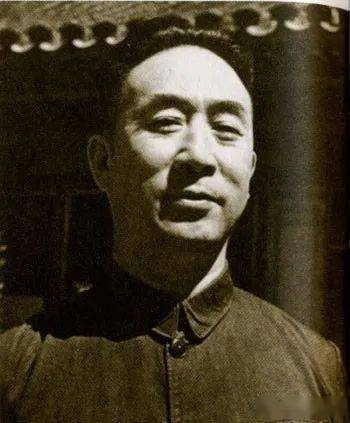
22/ Yen drew up a Shanxi Ten-Year Plan in 1932. He can now finance it - banks for agriculture, salt and railways plus to the provincial bank. These led the "monetary revolution". Commodity bonds pegged 99 cents' worth of goods to 1 silver dollar, re-released with 3.5% surcharge. 
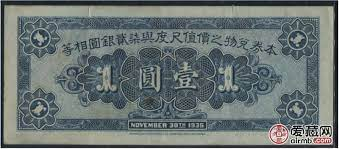
23/ In 1935-37, govt-held commodities grew to Mex $10 mil. The commodities effectively became the reserve for issuing currency. Village committees owned all land and issued land bonds, themselves mortgaged for loans from prefectural cooperatives, borrowing in turn from the banks. 


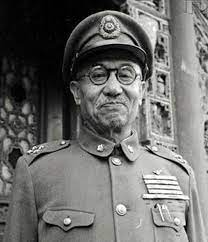
24/ Shanxi was experiencing an economic miracle as a result of learning quickly from contemporary European practices like the Weimar Rentenmark. With a mere capital of $1.1mil, Shanxi created assets worth $200mil. The NW Industrial Corp owned 7% of China's machine manufacturers. 

25/ Shanxi built a 960km-long trunk railway (using narrow gauge to prevent external invasions), enabling the province to export its coal and iron resources. It had a huge arsenal. A Ten-year plan was made reconstruction project that would have turned Taiyuan into a garden city. 

26/ Yan began to see his theory as an "occam's razor" cutting through CCP sophistry. He became a simple productivist and material-balance planist who argued that a simple increase of production levels to meet needs would bring social harmony. He claimed his theory was universal. 

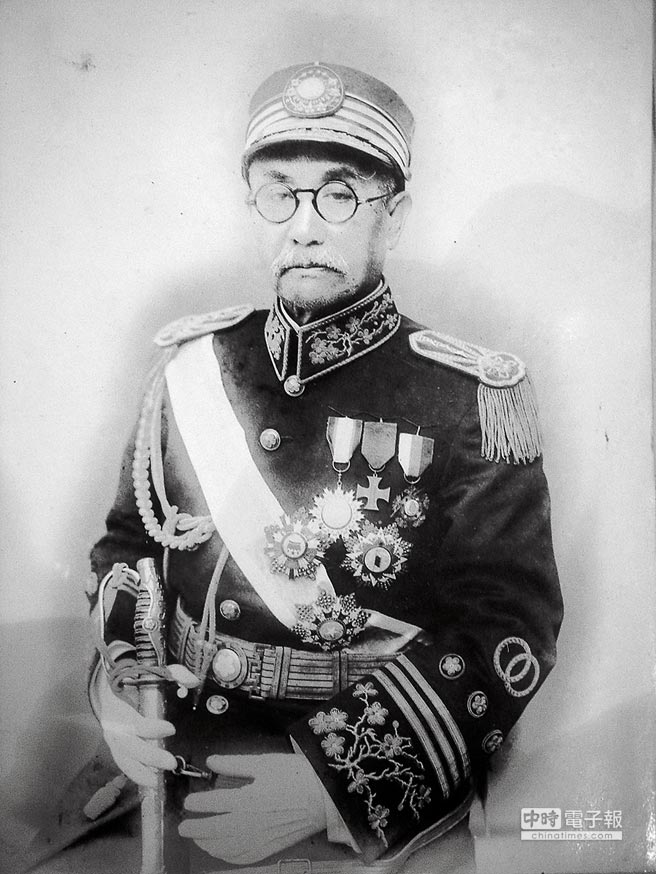

27/ The process by which land bonds were mortgaged again and again was jokingly referred to as "banknote fermentation". It was predicated on common ownership of land. Yan hated the gentry for always frustrating his efforts, competing with them for control of local finance bureaus 

28/ Yan had also fallen out with the CCP, which had almost totally infiltrated his political institutions. The League was discarded in 1939 and a "Society of Comrades" became the new governing party in Shansi, formed of the erstwhile right-wing of the League, sliding into Fascism 

29/ He warned that his Ten-Year Plan would be "forcibly executed" and bureaucrats who failed to do so would be prosecuted. And he set out to purge the "bad gentry" by attempting "military-agricultural integration", calling his soldiers "warriors against landowners and the CCP" 


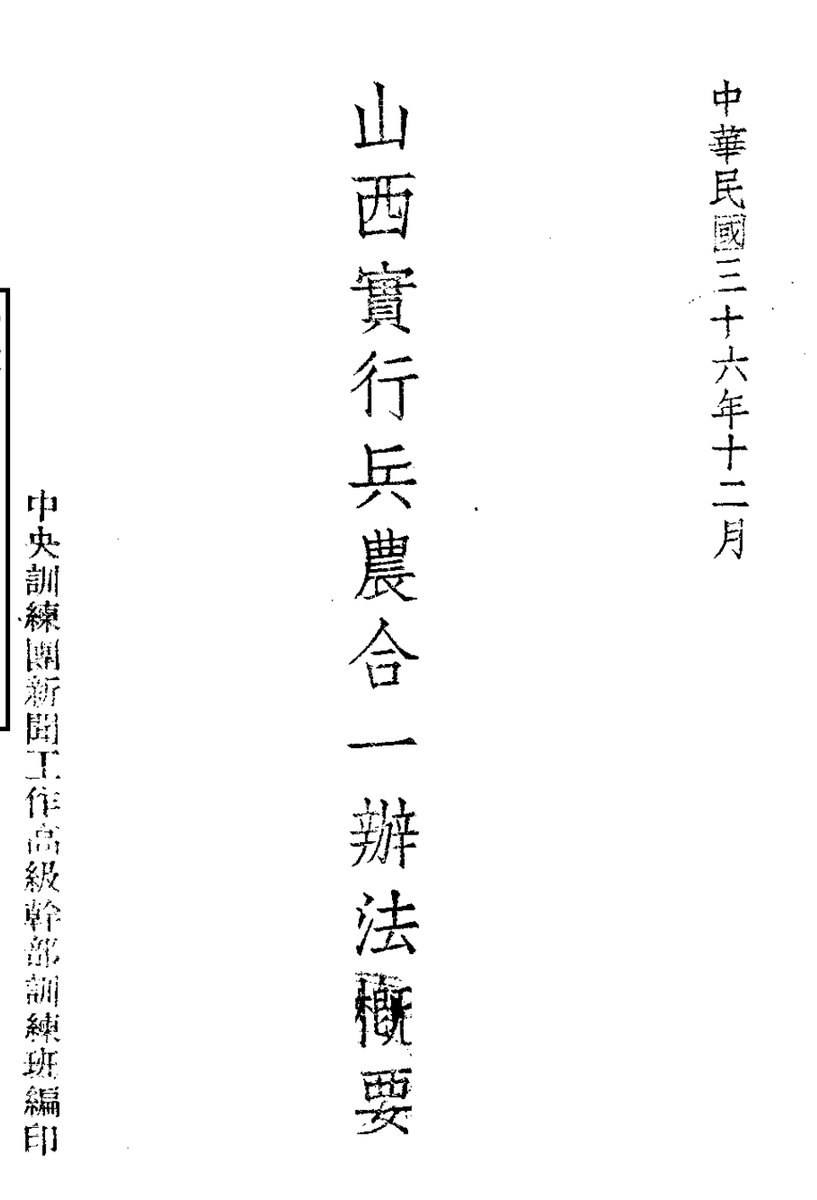
30/ The merchant class was also being attacked, and Yan claimed that the time had come to replace them with economic administrators. Yan was also trying hard to balance between the KMT, CCP and Japan, calling his act "dancing on top of three egg shells". 
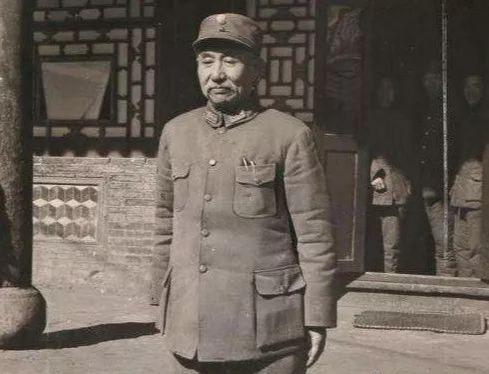
31/ Taiyuan fell in Nov 1937. To secure his future position should Japan occupy all of China, Yan did not destroy any of the factories. The NW Industrial Corp was taken over by Komoto Daisaku, formerly director of the Manchukuo Colliery Corporation and a Kwantung Army leader. 

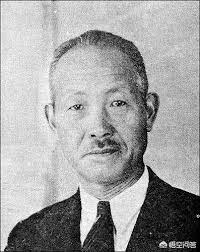

32/ Yan had known Komoto since his exile in Dalian. During the war they continued to exchange gifts during festivals. Yan's troops were happier to fight the CCP than fighting Japanese troops. Yan even started a "Asian Revolutionary Comrades League" and sent Komoto his flyers. 

33/ When the war ended, Komoto became Yan's chief advisor and continued to live in a mansion, and Yan retained a large number of Japanese military and intelligence officers in preparation for war with the CCP. Many of them including Komoto were then captured by the CCP in 1949-50 
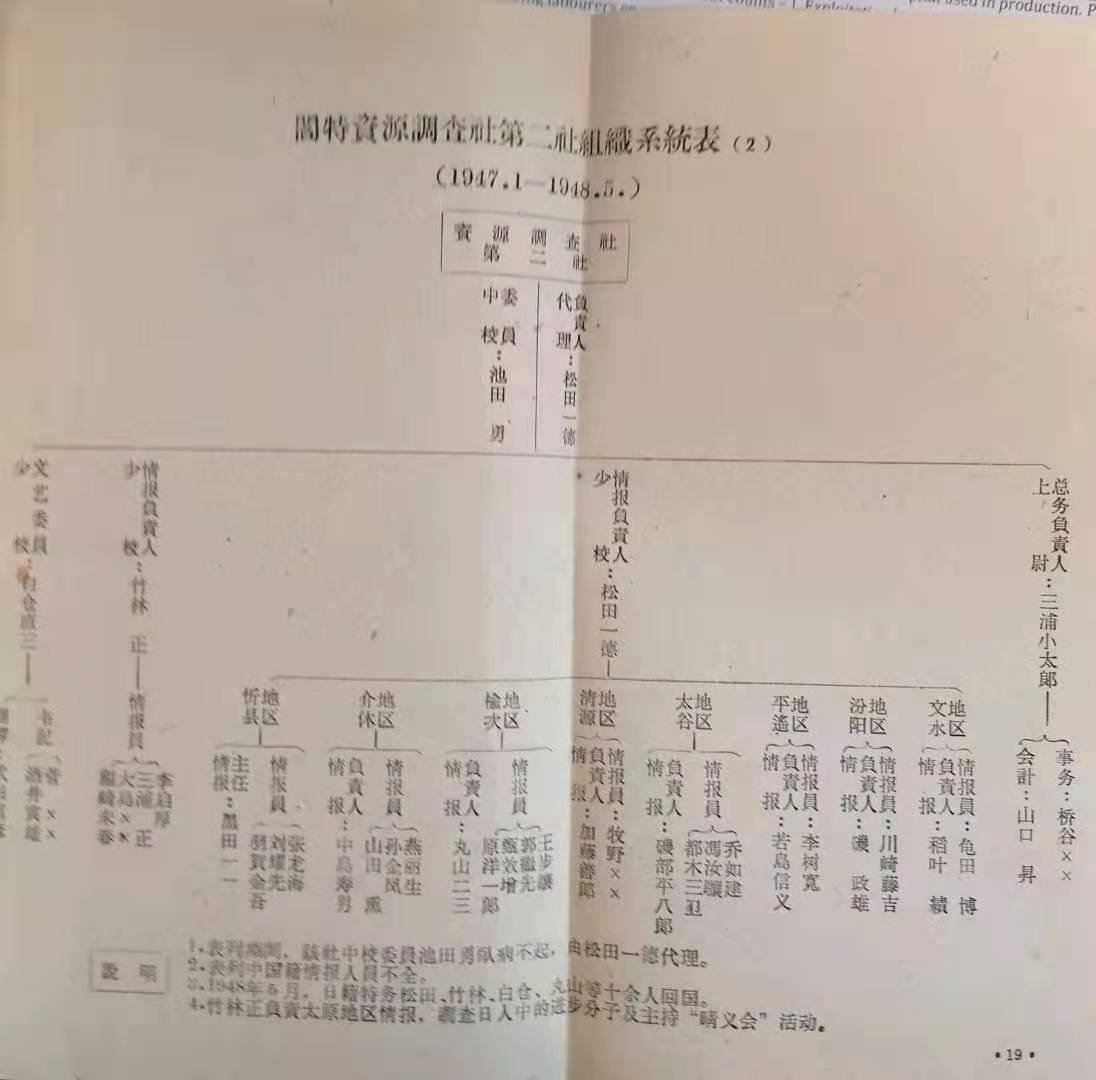
34/ Taiyuan fell to CCP troops in April 1949, despite the huge system of fortifications built around it. On 24 April, it was alleged that 500 people in and around the Taiyuan Provincial HQ building were martyred or committed mass suicide - part of subsequent KMT myth-making 

35/ Some of the 500 "Perfect Men" who had supposedly sacrificed themselves later emerged alive. Yan, who claimed he would also commit suicide (posing with his cyanide pills here), was briefly made Premier before flying to Taiwan, where he was effectively stripped of all influence 

36/ In many ways Yan Xishan's Shanxi became the prototype of the CCP state, with its state socialist, collectivist and Planist policies. Shanxi became one of the first provinces in China to propose total cooperativisation. It continues to be a heavy industrial base in China today 

• • •
Missing some Tweet in this thread? You can try to
force a refresh














